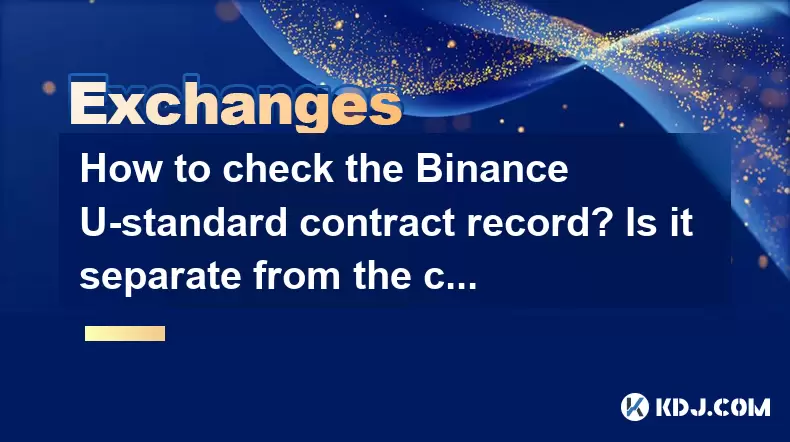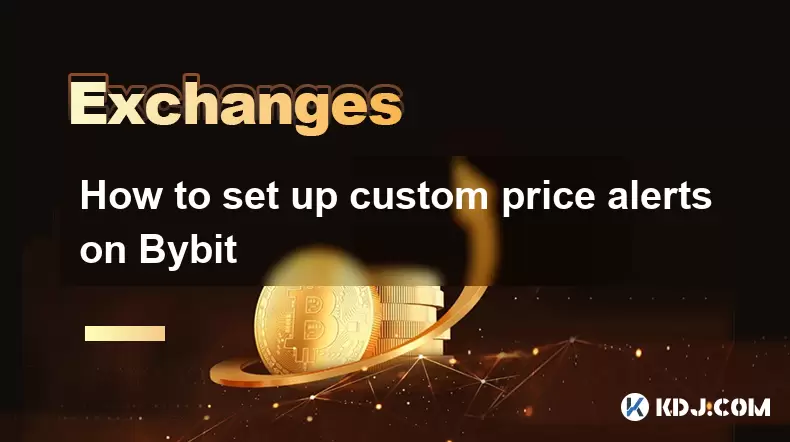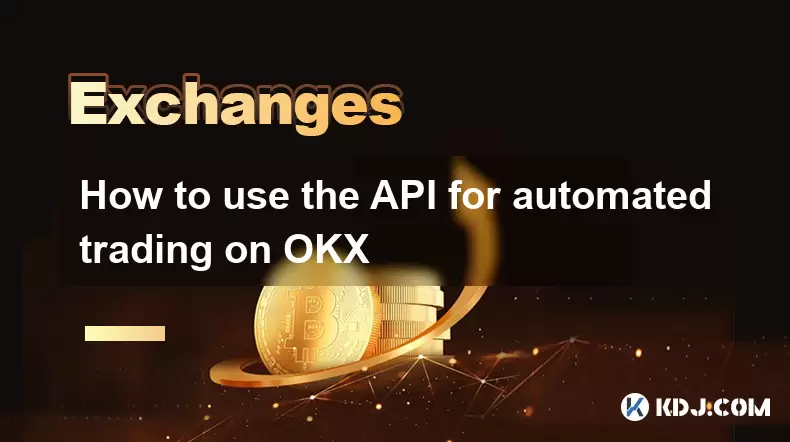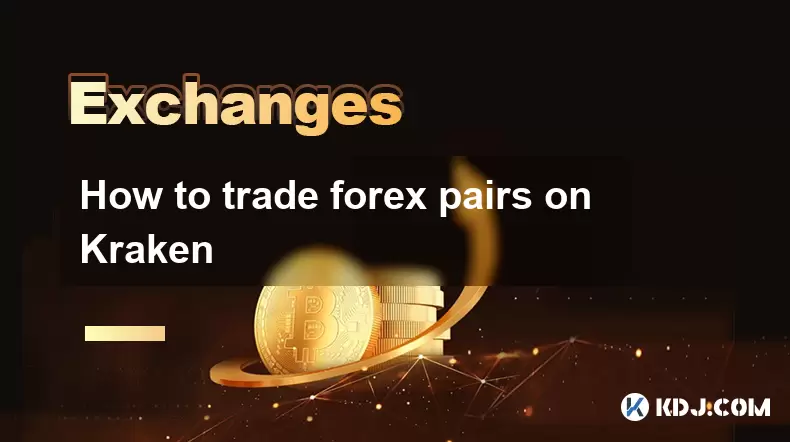-
 Bitcoin
Bitcoin $117300
1.99% -
 Ethereum
Ethereum $3884
5.89% -
 XRP
XRP $3.268
9.33% -
 Tether USDt
Tether USDt $1.000
0.02% -
 BNB
BNB $783.0
1.78% -
 Solana
Solana $173.6
3.51% -
 USDC
USDC $0.9999
0.00% -
 Dogecoin
Dogecoin $0.2193
7.00% -
 TRON
TRON $0.3380
0.30% -
 Cardano
Cardano $0.7769
5.08% -
 Stellar
Stellar $0.4350
9.36% -
 Hyperliquid
Hyperliquid $40.23
5.78% -
 Sui
Sui $3.739
6.95% -
 Chainlink
Chainlink $18.30
9.46% -
 Bitcoin Cash
Bitcoin Cash $581.7
2.11% -
 Hedera
Hedera $0.2577
5.51% -
 Ethena USDe
Ethena USDe $1.001
0.00% -
 Avalanche
Avalanche $23.08
4.23% -
 Litecoin
Litecoin $121.7
2.24% -
 UNUS SED LEO
UNUS SED LEO $8.962
-0.34% -
 Toncoin
Toncoin $3.332
1.36% -
 Shiba Inu
Shiba Inu $0.00001273
3.39% -
 Uniswap
Uniswap $10.35
6.84% -
 Polkadot
Polkadot $3.818
4.01% -
 Dai
Dai $1.000
0.01% -
 Bitget Token
Bitget Token $4.446
2.13% -
 Cronos
Cronos $0.1491
4.96% -
 Monero
Monero $255.4
-9.78% -
 Pepe
Pepe $0.00001099
4.80% -
 Aave
Aave $284.0
8.01%
How to check the Binance U-standard contract record? Is it separate from the coin-standard record?
U-standard contracts on Binance, denominated in USDT, are separate from coin-standard contracts; access records via 'USDT-M Futures' under 'Derivatives'.
May 09, 2025 at 05:00 pm

Understanding how to check the Binance U-standard contract record and whether it is separate from the coin-standard record is essential for traders on the Binance platform. U-standard contracts on Binance refer to contracts that are denominated in USDT, a stablecoin pegged to the US dollar. These contracts are designed to provide traders with a more stable trading environment compared to traditional cryptocurrency pairs. On the other hand, coin-standard contracts are those denominated in the base cryptocurrency itself, such as BTC or ETH.
In this article, we will guide you through the process of checking your U-standard contract records on Binance and clarify whether these records are separate from coin-standard contract records. We will also provide detailed steps on how to access and review your trading history, ensuring that you have a comprehensive understanding of your trading activities on the platform.
Accessing the Binance Platform
To begin, you need to access the Binance platform. Here's how you can do it:
- Open your web browser and navigate to the Binance website at www.binance.com.
- If you are not already logged in, enter your credentials in the login section at the top right corner of the page.
- Once logged in, you will be directed to the main dashboard of your Binance account.
Navigating to the Futures Section
Binance U-standard contracts fall under the futures trading section. To access this section, follow these steps:
- On the main dashboard, locate and click on the 'Derivatives' tab in the top navigation bar.
- From the dropdown menu, select 'USDT-M Futures'. This will take you to the USDT-margined futures trading page, where U-standard contracts are traded.
Viewing U-standard Contract Records
Once you are in the USDT-M Futures section, you can view your U-standard contract records by following these steps:
- In the USDT-M Futures trading interface, locate and click on the 'Order' tab at the top of the page.
- Under the 'Order' tab, you will see different sub-tabs such as 'Open Orders', 'Order History', and 'Trade History'. Click on 'Order History' to view all your past orders.
- In the 'Order History' section, you will see a list of all your executed and cancelled orders. You can filter these orders by date, symbol, and status to find specific U-standard contract records.
Checking Trade History
To get a detailed view of your trading activities, including executed trades, you should check the trade history. Here's how:
- In the USDT-M Futures trading interface, click on the 'Trade' tab at the top of the page.
- Under the 'Trade' tab, select 'Trade History'. This will show you a detailed list of all your executed trades.
- Similar to the 'Order History', you can filter your trade history by date, symbol, and other criteria to find specific U-standard contract records.
Are U-standard Contract Records Separate from Coin-standard Records?
Yes, U-standard contract records are separate from coin-standard contract records on the Binance platform. U-standard contracts are traded under the USDT-M Futures section, while coin-standard contracts are traded under the COIN-M Futures section. To clarify this distinction:
- To access coin-standard contract records, navigate to the 'Derivatives' tab and select 'COIN-M Futures' from the dropdown menu.
- Once in the COIN-M Futures section, you can follow the same steps as outlined above to view your order history and trade history for coin-standard contracts.
Exporting Contract Records
If you need to keep a record of your U-standard contract activities outside of the Binance platform, you can export your data. Here's how to do it:
- In the USDT-M Futures trading interface, go to the 'Order' or 'Trade' tab, depending on which records you want to export.
- Click on the 'Export' button, usually located at the top right corner of the respective tab.
- Select the date range and other filters as needed, then click on 'Export'. Binance will generate a CSV file containing your selected data, which you can download and save on your computer.
Frequently Asked Questions
Q: Can I view my U-standard contract records on the Binance mobile app?
A: Yes, you can view your U-standard contract records on the Binance mobile app. Simply log into your account, navigate to the futures section, and select USDT-M Futures. From there, you can access your order history and trade history similar to the web platform.
Q: How long does Binance keep my U-standard contract records?
A: Binance retains your trading records for a certain period, typically up to 3 years. However, it is always a good practice to export and save your records periodically for your own records.
Q: Can I see my U-standard contract records in real-time?
A: Yes, you can see your U-standard contract records in real-time on the Binance platform. Both the order history and trade history sections update in real-time, allowing you to monitor your trading activities as they happen.
Q: Is there a way to set up alerts for my U-standard contract records?
A: Yes, Binance offers a feature to set up alerts for your trading activities. You can configure these alerts in the settings section of the futures trading interface to receive notifications about specific events related to your U-standard contracts.
Disclaimer:info@kdj.com
The information provided is not trading advice. kdj.com does not assume any responsibility for any investments made based on the information provided in this article. Cryptocurrencies are highly volatile and it is highly recommended that you invest with caution after thorough research!
If you believe that the content used on this website infringes your copyright, please contact us immediately (info@kdj.com) and we will delete it promptly.
- Cold Wallet Crypto in 2025: The Future is Now, Ya'll
- 2025-08-08 05:10:13
- MAGACOIN, SOL, and ADA: A Tale of Shifting Tides in Crypto
- 2025-08-08 05:10:13
- SHIB Price, PEPE, and the Memecoin Supercycle: Who Will Reign Supreme?
- 2025-08-08 05:50:12
- Pudgy Penguins Price Prediction: Google Trends & Breakout Signals
- 2025-08-08 05:50:12
- UAE Crypto Regulation: SCA and VARA Unite to Streamline the Future of Digital Assets
- 2025-08-08 05:55:48
- MAGACOIN Finance: The Presale Phenomenon Rocking the Crypto World
- 2025-08-08 05:55:48
Related knowledge

How to use advanced trading on Gemini
Aug 08,2025 at 04:07am
Understanding Advanced Trading on GeminiAdvanced trading on Gemini refers to a suite of tools and order types designed for experienced traders who wan...

How to deposit USD on Bitstamp
Aug 07,2025 at 05:18pm
Understanding Bitstamp and USD DepositsBitstamp is one of the longest-standing cryptocurrency exchanges in the industry, offering users the ability to...

How to find my transaction ID on Gemini
Aug 08,2025 at 12:50am
Understanding the Transaction ID in Cryptocurrency ExchangesA transaction ID (TXID) is a unique alphanumeric string that identifies a specific transfe...

How to set up custom price alerts on Bybit
Aug 07,2025 at 04:31pm
Understanding Price Alerts on BybitPrice alerts on Bybit are essential tools for traders who want to stay informed about significant price movements i...

How to use the API for automated trading on OKX
Aug 07,2025 at 05:21pm
Understanding the OKX API for Automated TradingThe OKX API provides a powerful interface for users to automate their trading strategies, access real-t...

How to trade forex pairs on Kraken
Aug 07,2025 at 11:49pm
Understanding Forex Pairs on KrakenKraken is primarily known as a cryptocurrency exchange, but it also supports select forex pairs through its Kraken ...

How to use advanced trading on Gemini
Aug 08,2025 at 04:07am
Understanding Advanced Trading on GeminiAdvanced trading on Gemini refers to a suite of tools and order types designed for experienced traders who wan...

How to deposit USD on Bitstamp
Aug 07,2025 at 05:18pm
Understanding Bitstamp and USD DepositsBitstamp is one of the longest-standing cryptocurrency exchanges in the industry, offering users the ability to...

How to find my transaction ID on Gemini
Aug 08,2025 at 12:50am
Understanding the Transaction ID in Cryptocurrency ExchangesA transaction ID (TXID) is a unique alphanumeric string that identifies a specific transfe...

How to set up custom price alerts on Bybit
Aug 07,2025 at 04:31pm
Understanding Price Alerts on BybitPrice alerts on Bybit are essential tools for traders who want to stay informed about significant price movements i...

How to use the API for automated trading on OKX
Aug 07,2025 at 05:21pm
Understanding the OKX API for Automated TradingThe OKX API provides a powerful interface for users to automate their trading strategies, access real-t...

How to trade forex pairs on Kraken
Aug 07,2025 at 11:49pm
Understanding Forex Pairs on KrakenKraken is primarily known as a cryptocurrency exchange, but it also supports select forex pairs through its Kraken ...
See all articles

























































































